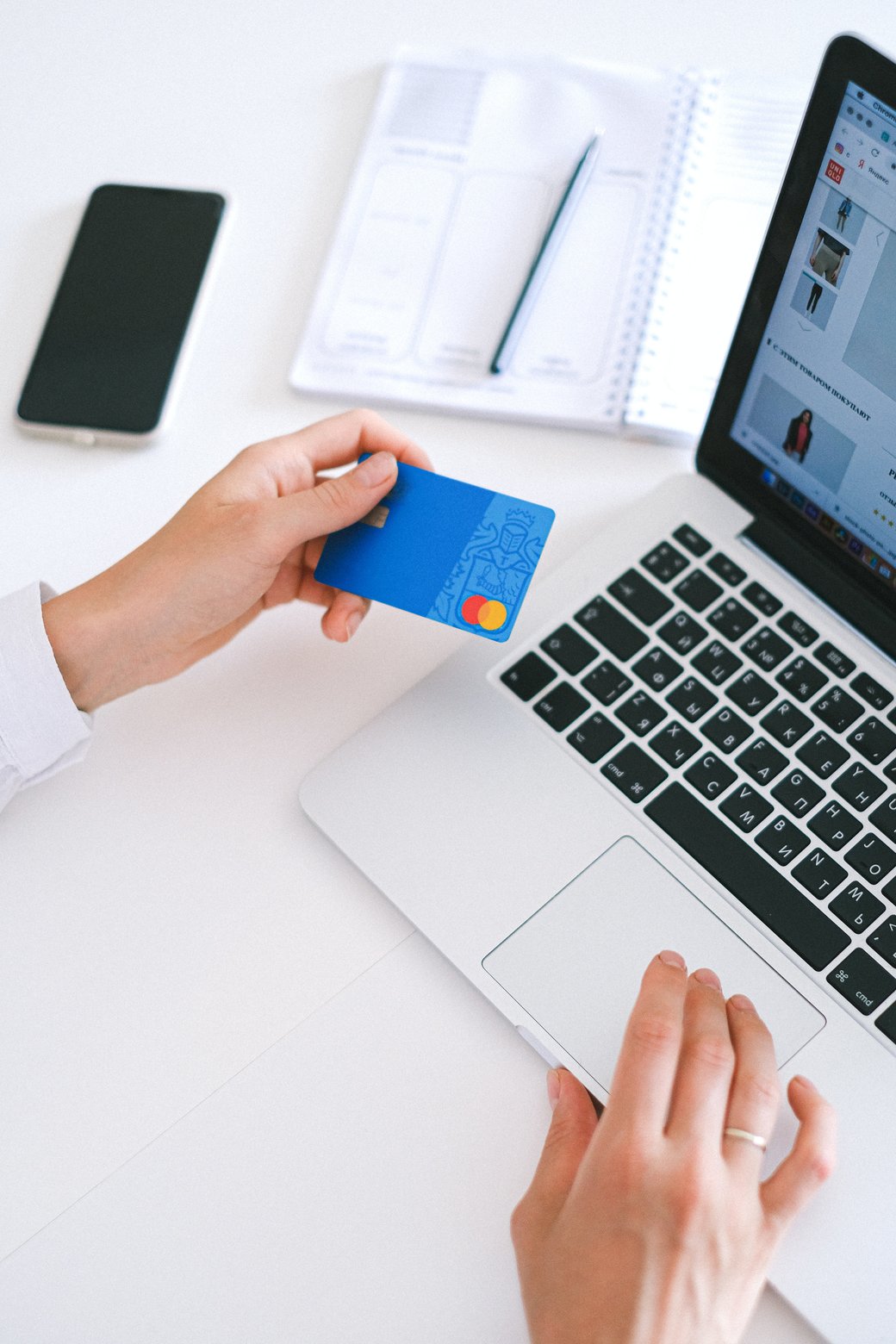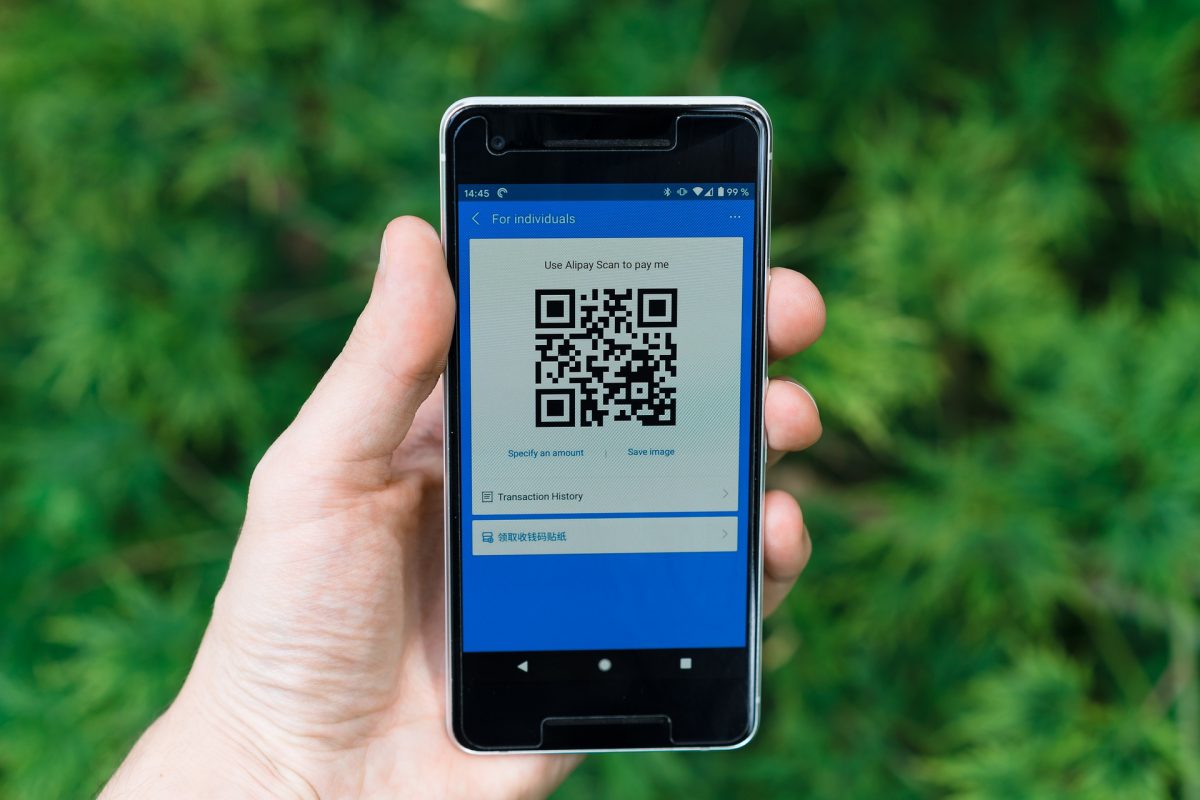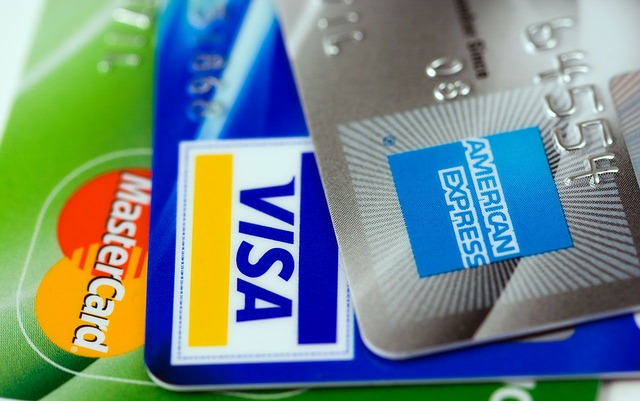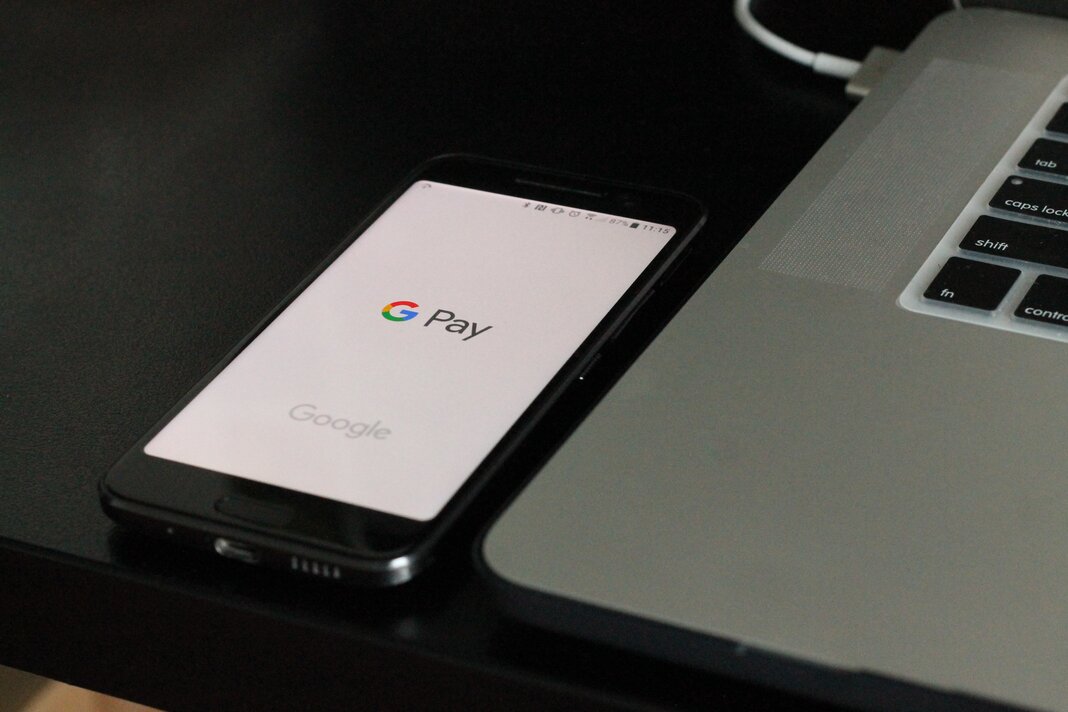A popular bank transfer-based payment system in Germany and Austria, SOFORT banking is beginning to make its round across Europe. Without the need to create an account, SOFORT is convenient to use and incredibly safe. If you’re considering introducing a trusted and easy way for customers to pay for your products and services, here’s what you need to know about SOFORT.
How SOFORT Banking Works
If paying through SOFORT banking, customers are redirected from a hosted payment page to SOFORT’s online banking environment. Then, users will decide which account they want to perform the transfer from. The payment will then be authorized, and the client will return to the merchant site.
Once authorization is successful, the funds will take anywhere between 2 and 14 business days to funnel into your business account. Once received, they can no longer be reversed other than through business-initiated refunds. When selling low-value or high-margin items, businesses can consider the initial authorization as one that is final and need not wait for the receipt of funds.
Fast Facts About SOFORT
Currently active in countries such as Austria, Belgium, Germany, Italy, the Netherlands, and Spain, payments made via SOFORT are accepted in the form of Euros. Payment methods occur exclusively through bank credit transfers and don’t accept recurring payments. If needed, businesses can grant full or partial refunds.
Disputed Payments on SOFORT
Because customers are required to authenticate SOFORT payments with their banks, the occurrence of fraud or unrecognized payments is extremely low. As such, you won’t have to dispute chargebacks or have funds withdrawn from your Stripe account.
Failed Charges on SOFORT
If a pending charge isn’t confirmed by customers within the cut-off period, the charge automatically transitions into a failed charge. On the other hand, if the funds are received only after the cut-off period, the customer is automatically refunded.
On average, a small value of 0.2% SOFORT charges fail. This, of course, will vary according to your customer base and industry. To mitigate any risk to your business, consider your average payment amount and types of products being sold—then, depending on your ability to cope with failed charges, you can choose to fulfill orders only after you’ve received the funds.
Refunds on SOFORT
As previously mentioned, SOFORT can shoulder full or partial refunds, sometimes automatically. However, they can only be submitted within 180 days from the date the original charge was made. After 180 days, your customer won’t be able to receive their refund.
If charges are still pending or unconfirmed, you can still submit them for a refund. If you’re making a full or partial refund on a pending charge, you’ll only be able to transfer the fees after its status shifts from pending to succeeded. If the charge happens to transition from pending to failed, full and partial refunds are canceled.
Conclusion
When considering SOFORT as a payment option for customers on your page, you enjoy the benefits of sourcing funds from only one provider. A SOFORT system is also easy to navigate, making account tracking all the more efficient.
If your European business needs a custom-designed payment portal, use our payment page builder upon launch day! By signing up today, you can enjoy a 30% discount on beautifully designed templates and convenient payment options.












